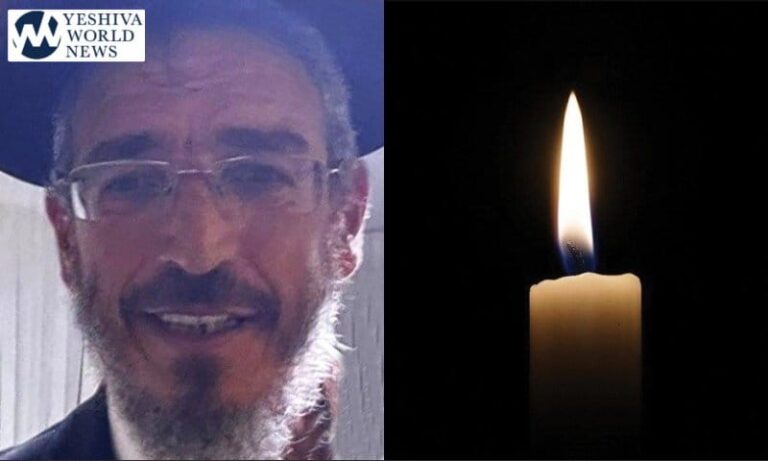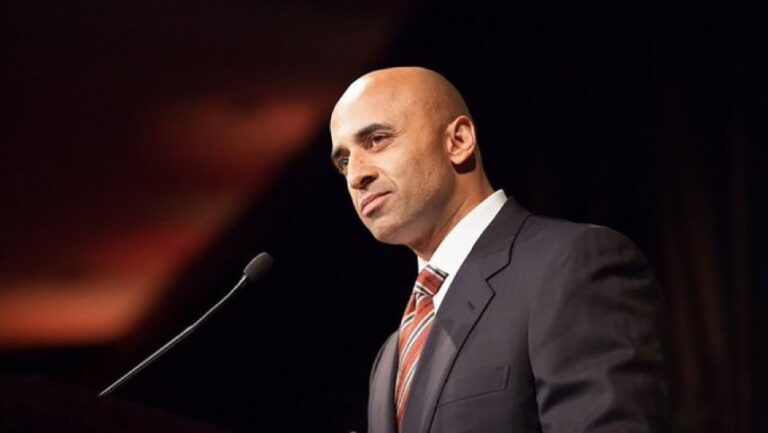A surgical procedure called ventricular reconstruction that doctors hoped would improve symptoms in people with heart failure does not seem to work, a new study has found.
The hope was that by isolating the damaged part of the left ventricle — the chamber of the heart that pumps blood to the body — people would see an improvement in symptoms and exercise capacity, and there would be fewer deaths and hospitalizations as well.
“There has been interest among certain proponents in using a surgical approach to treat ventricular remodeling that can occur after heart attacks through left ventricular volume reduction surgery,” said Dr. Gregg C. Fonarow, a professor of cardiology at the University of California, Los Angeles, who was not involved in the study. “However, evidence of safety and efficacy for this surgical approach was lacking.”
But the new study findings “demonstrate that the addition of surgical ventricular reconstruction to standard coronary artery bypass surgery does not result in any clinically meaningful improvement in outcomes,” he said. “The use of this type of surgery, which has become common in certain [medical] centers should, with few exceptions, now cease.”
The findings were reported online March 29 in the New England Journal of Medicine, to coincide with a presentation of the study at the American College of Cardiology annual meeting in Orlando, Fla.
For the study, Dr. Robert H. Jones, of the Duke Clinical Research Institute, and his colleagues randomly assigned 1,000 people with heart failure, all participants in the Surgical Treatment for Ischemic Heart Failure (STICH) trial, to cardiac bypass surgery alone or bypass surgery plus ventricular reconstruction.
Ventricular reconstruction involves making an incision in the damaged part of the left ventricle. After surgeons identify the damaged part, they basically sew the healthy part together. After tightening the sutures, the surgeons place a patch over the damaged tissue, leaving the damaged tissue outside the ventricle.
During 48 months of follow-up, the researchers found that people who underwent both procedures had 19 percent less “end-systolic volume” — the amount of blood left in the ventricle after contraction and before it starts filling again. This compared with 6 percent less volume for those who had just bypass surgery.
But, people who had their hearts surgically altered did not show improvement in symptoms, the ability to exercise or a reduction in deaths or hospitalizations for heart problems.
“This is an outstanding example of the essential need to test new cardiovascular therapies and surgical approaches in randomized, controlled clinical trials,” Fonarow said.
Another heart expert agreed that the study demonstrates that ventricular reconstruction is not effective.
“Enlarged hearts don’t function as well as small ones, so cardiologists thought that a procedure to shrink the main heart chamber would help,” said Dr. Byron Lee, an assistant professor of medicine at the University of California, San Francisco.
“However, this study convincingly shows that this type of surgical reconstruction is of no benefit to patients undergoing bypass operations,” Lee said.
Dr. Elizabeth G. Nabel, director of the U.S. National Heart, Lung and Blood Institute, which funded the study, described the research as having “tremendous public health importance since it provides much-needed clinical, trial-based evidence to help physicians choose the best treatment for their heart failure patients.”
She added, in a prepared statement, that it also was “a superb example of comparative effectiveness research, allowing evaluation of real-world treatments in hopes of improving clinical care.”
(Source: HealthDay News)










